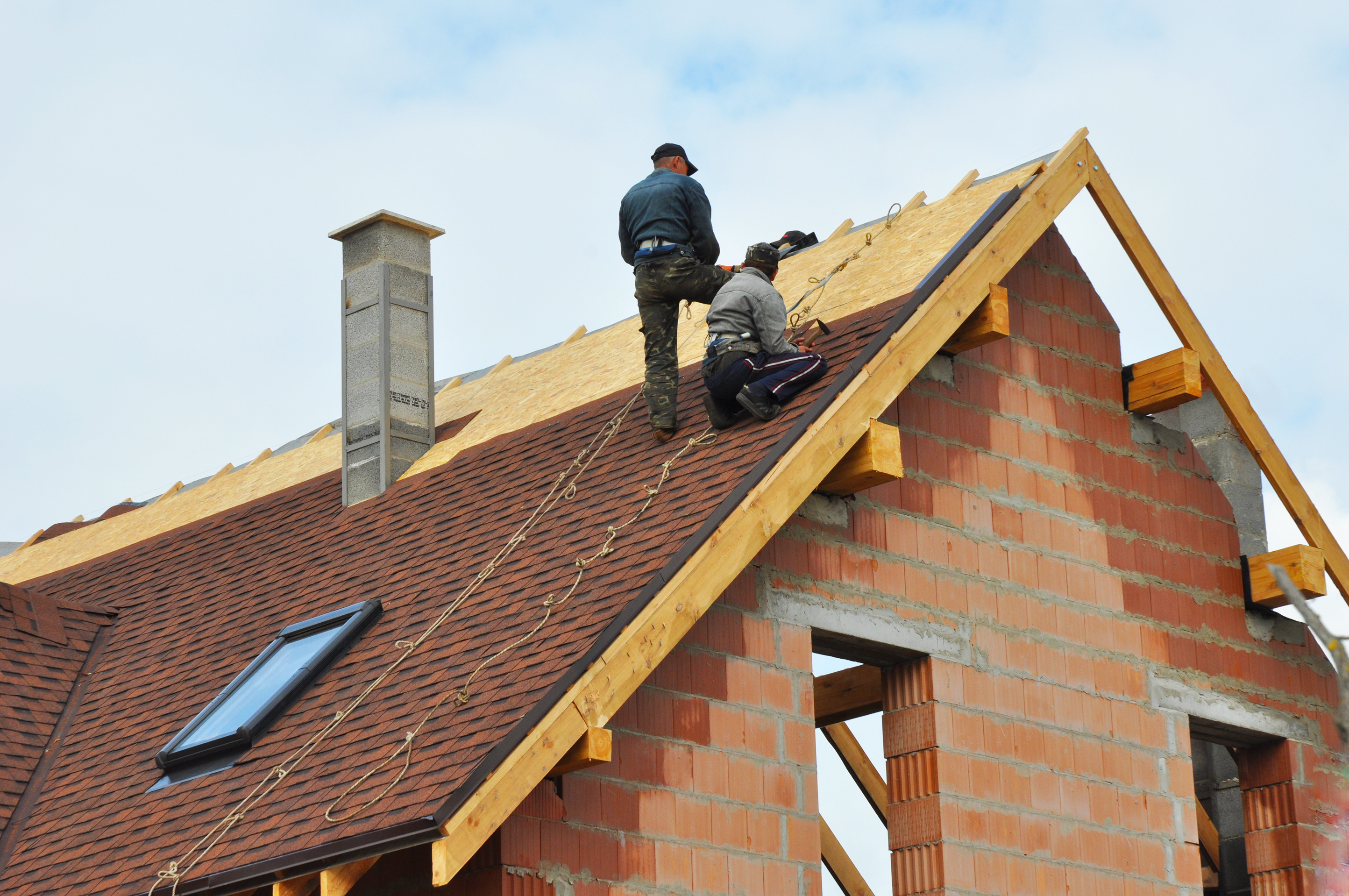Finest Practices for Ensuring Correct Roofing Ventilation
A balanced intake and exhaust air vent ratio, generally 1:300, plays an essential function, with intake vents ideally positioned at the reduced side of the roof covering for cool air entry and exhaust vents at the optimal for cozy air departure. Keeping insulation away from vents is critical to stop air flow limitation.
Understand Air Flow Basics
Effectively comprehending ventilation basics is important for making sure the durability and efficiency of roofing systems. Efficient ventilation mitigates dampness build-up and temperature extremes in the attic room, both of which can cause substantial structural damage gradually. A well-ventilated roof covering helps in stopping usual issues such as mold growth, timber rot, and ice dams, which can compromise the honesty of the roof covering products and the underlying structures.
The primary goal of air flow is to promote the movement of air, permitting a constant exchange in between the interior and outside atmospheres. This balance is achieved with a mix of intake and exhaust vents that function with each other to keep optimum airflow. Consumption vents, commonly situated along the soffits or eaves, allow fresh air to get in the attic room room, while exhaust vents, commonly situated at or near the roof ridge, make it possible for hot, damp air to leave.
Key variables influencing the performance of roof covering ventilation consist of correct positioning, appropriate sizing, and guaranteeing that both intake and exhaust vents are unobstructed. Normal evaluation and upkeep are crucial to identify possible blockages, damage, or inefficiencies in the ventilation system, consequently safeguarding the roofing's efficiency and durability.
Kinds of Roofing System Vents
Roofing vents play an important duty in preserving efficient attic ventilation and, by expansion, the total wellness of the roof system. Different kinds of roofing system vents are available, each with unique advantages customized to certain roof covering needs.

Soffit vents are installed under the eaves and operate in tandem with roof covering vents to ensure a balanced consumption and exhaust system. By permitting cooler air to go into from below, soffit vents facilitate the expulsion of hot air through upper vents. Gable vents, situated on the exterior wall surfaces of the attic, offer another reliable option, particularly in homes with gable roofing systems.
Analyze Your Present Air Flow

Following, consider the age and problem of your roof products and ventilation parts. Older systems may not follow current building regulations or might have degraded in time, decreasing their performance. Conduct an extensive examination to recognize any signs of damage, such as corrosion, damage, or gaps that might endanger the system's efficiency.
Additionally, gauge the attic room temperature level and moisture levels. High temperature levels and moisture can suggest poor air gainesville roofing companies flow.
Installation Best Practices
Effective installment of roof covering air flow systems is extremely important for making certain ideal efficiency and longevity. Appropriate setup begins with comprehending the certain ventilation requirements of the structure and the roofing system it covers. This involves determining the correct ratio of consumption to wear down vents, commonly sticking to the 1:300 regulation, which states one square foot of air flow for each 300 square feet of attic floor space.

Consumption vents should be set up at the roof's reduced side, commonly in the soffits, to permit trendy air to go into. Exhaust vents, on the other hand, must be mounted near or at the roof's optimal to promote the exit of warm, damp air.
Seal all vent links diligently website here to stop air leakages and potential water seepage. Use premium products and adhere to manufacturer guidelines to make certain resilience and effectiveness. Furthermore, incorporating ridge vents with baffles can considerably improve air flow efficiency by protecting against wind-driven rain and snow from entering the attic.
Ultimately, exact setup of roofing ventilation systems alleviates potential issues such as mold and mildew development, ice dams, and structural damage, making sure the roof covering's honesty and the structure's overall health.
Normal Maintenance Tips
Uniformity in maintenance methods is fundamental to ensuring the lasting effectiveness of roof ventilation systems. Regular assessments are vital, ideally done biannually-- in the springtime and fall. During these examinations, guarantee that vents are without debris, nests, and various other blockages that could hamper air flow. Inspect for any kind of indicators of moisture build-up or mold, as these can show incorrect air flow or leaks (gainesville roofing companies).
Cleaning the vents is another essential job. Utilize a soft brush or a vacuum to get rid of dirt and particles from intake and exhaust vents. Be cautious not to damage the air vent displays or louvers during the process. Furthermore, examine the attic room for any kind of signs of water damage, which might endanger the integrity of the roof.
Correct insulation is just as crucial. Guarantee that attic room insulation does not obstruct the vents, as this can significantly restrict air movement. If any type of insulation has actually moved or cleared up, rearrange or change it to keep an efficient barrier.
Lastly, replace any type of damaged or over at this website missing out on elements promptly. Damaged vents, split shingles, or shabby blinking can all add to inadequate air flow and needs to be addressed without delay. Normal upkeep makes certain that the roof covering ventilation system operates optimally, consequently extending the life-span of the roofing system itself.
Final Thought
Guaranteeing correct roof covering air flow is paramount for maintaining the efficiency and resilience of a roof system. Adherence to the 1:300 intake and exhaust air vent ratio, combined with the tactical positioning of vents, is important.
A well balanced intake and exhaust vent proportion, generally 1:300, plays a crucial duty, with consumption vents preferably put at the lower edge of the roof for amazing air entrance and exhaust vents at the top for warm air leave. Intake vents, generally located along the soffits or eaves, enable fresh air to get in the attic room space, while exhaust vents, commonly situated at or near the roof covering ridge, allow hot, moist air to get away.
Soffit vents are mounted under the eaves and job in tandem with roofing system vents to guarantee a well balanced intake and exhaust system. By enabling cooler air to get in from below, soffit vents help with the expulsion of warm air via top vents. Adherence to the 1:300 intake and exhaust vent proportion, paired with the strategic positioning of vents, is crucial.